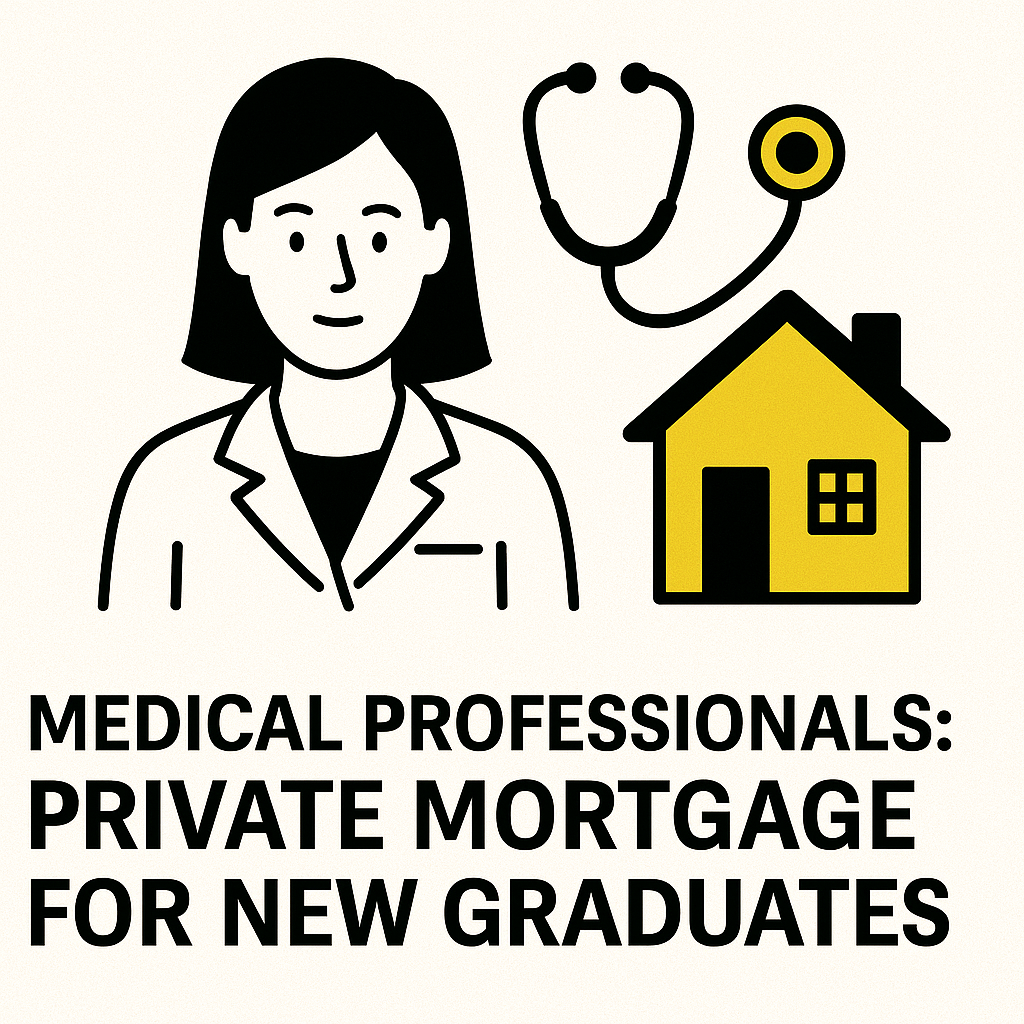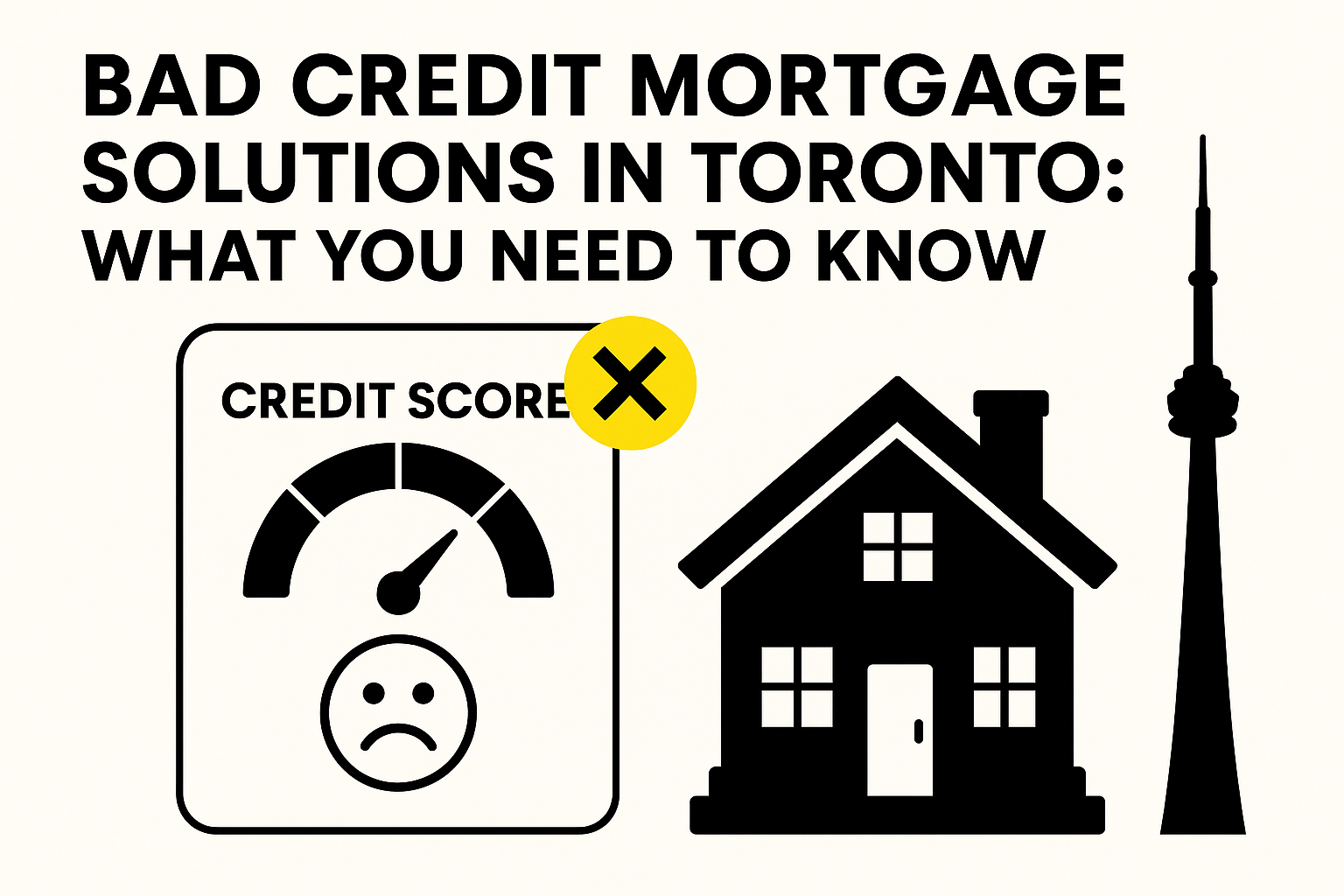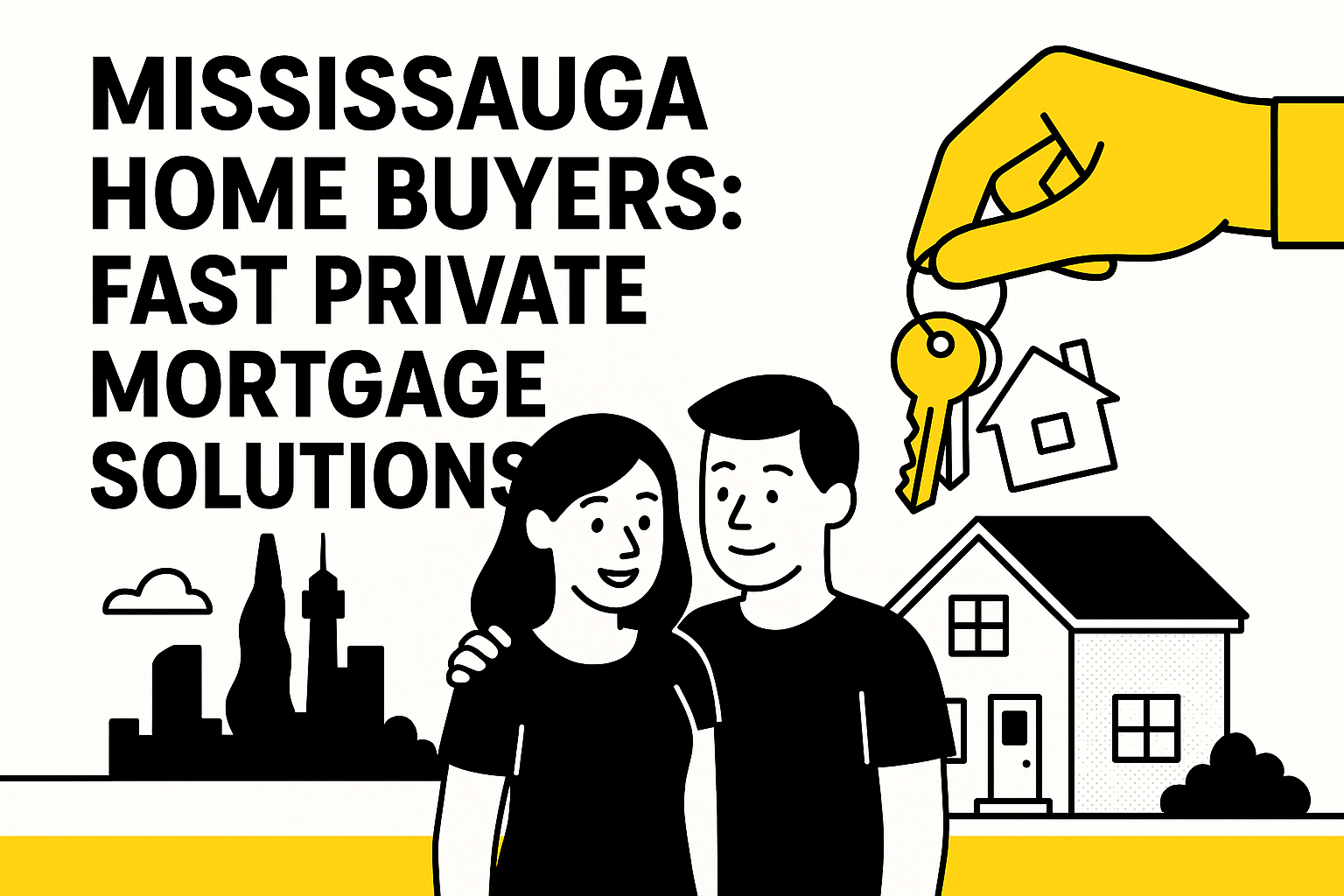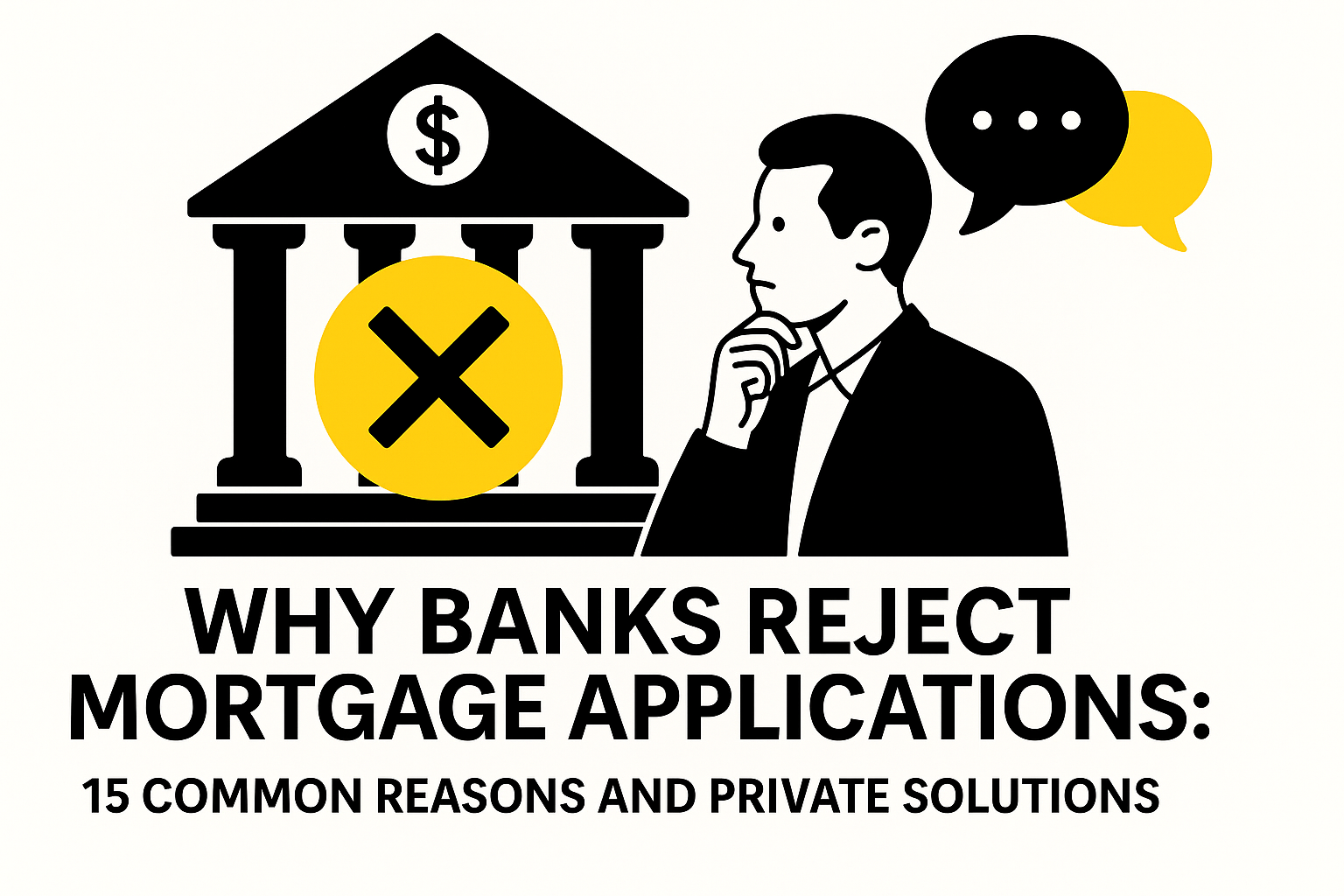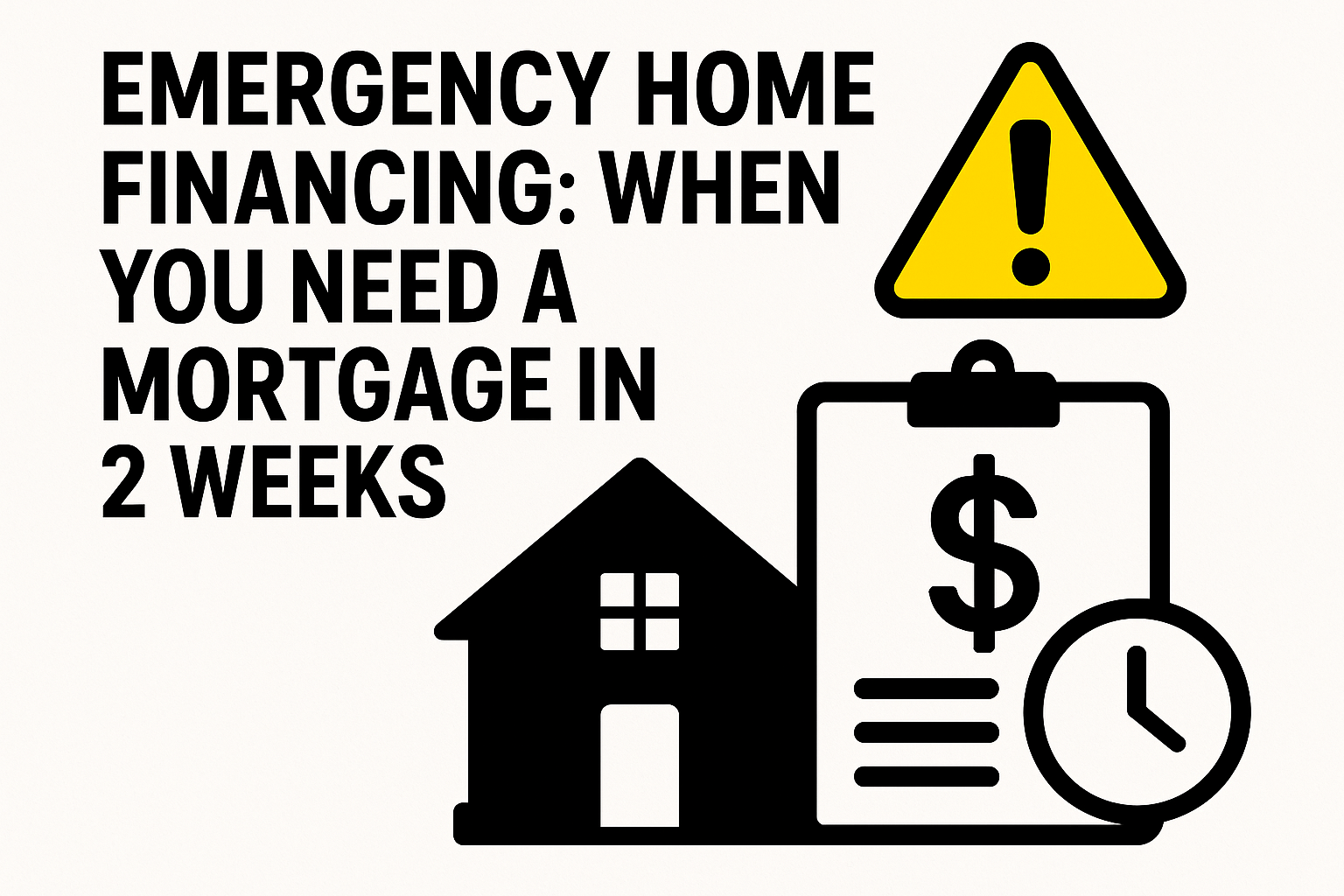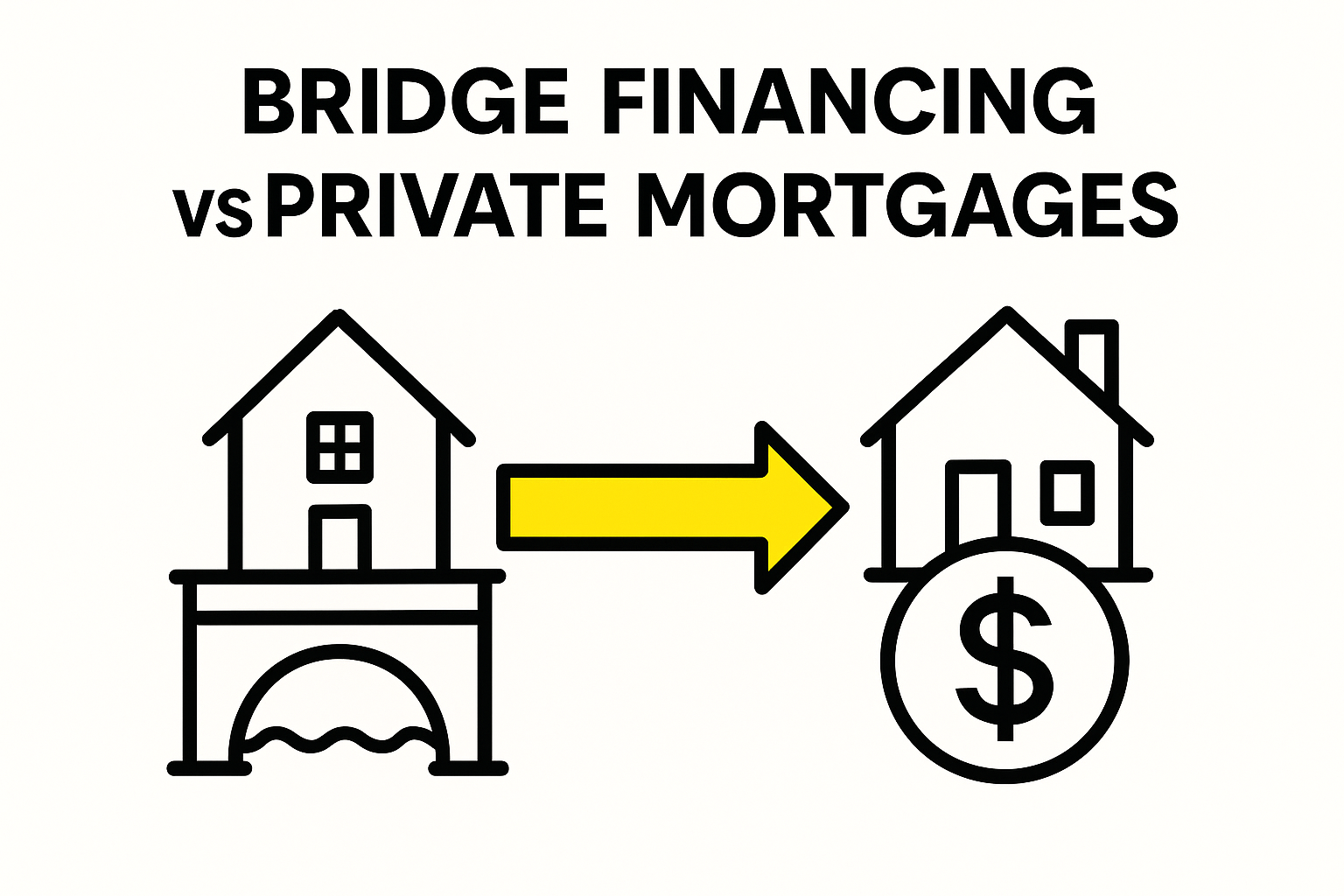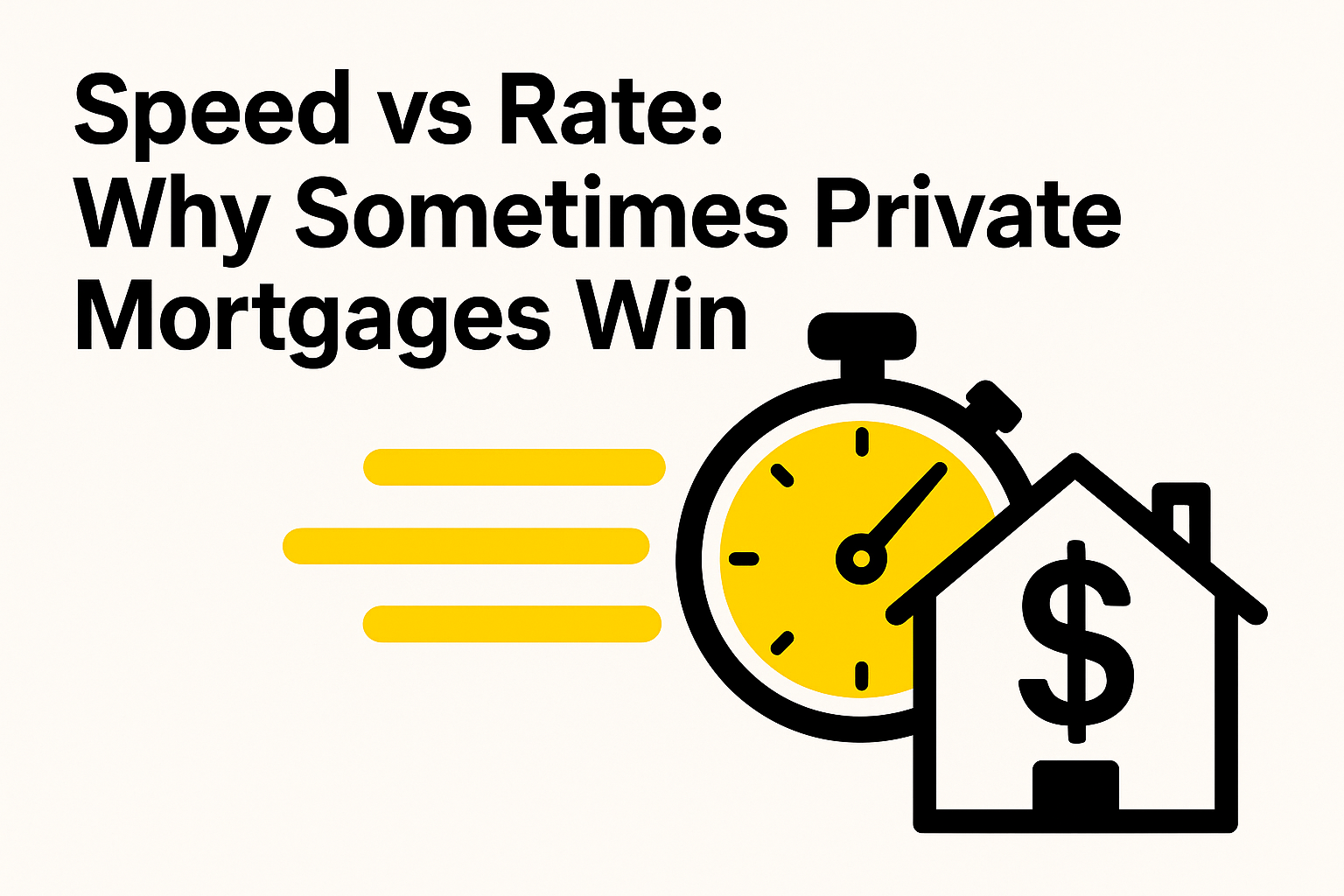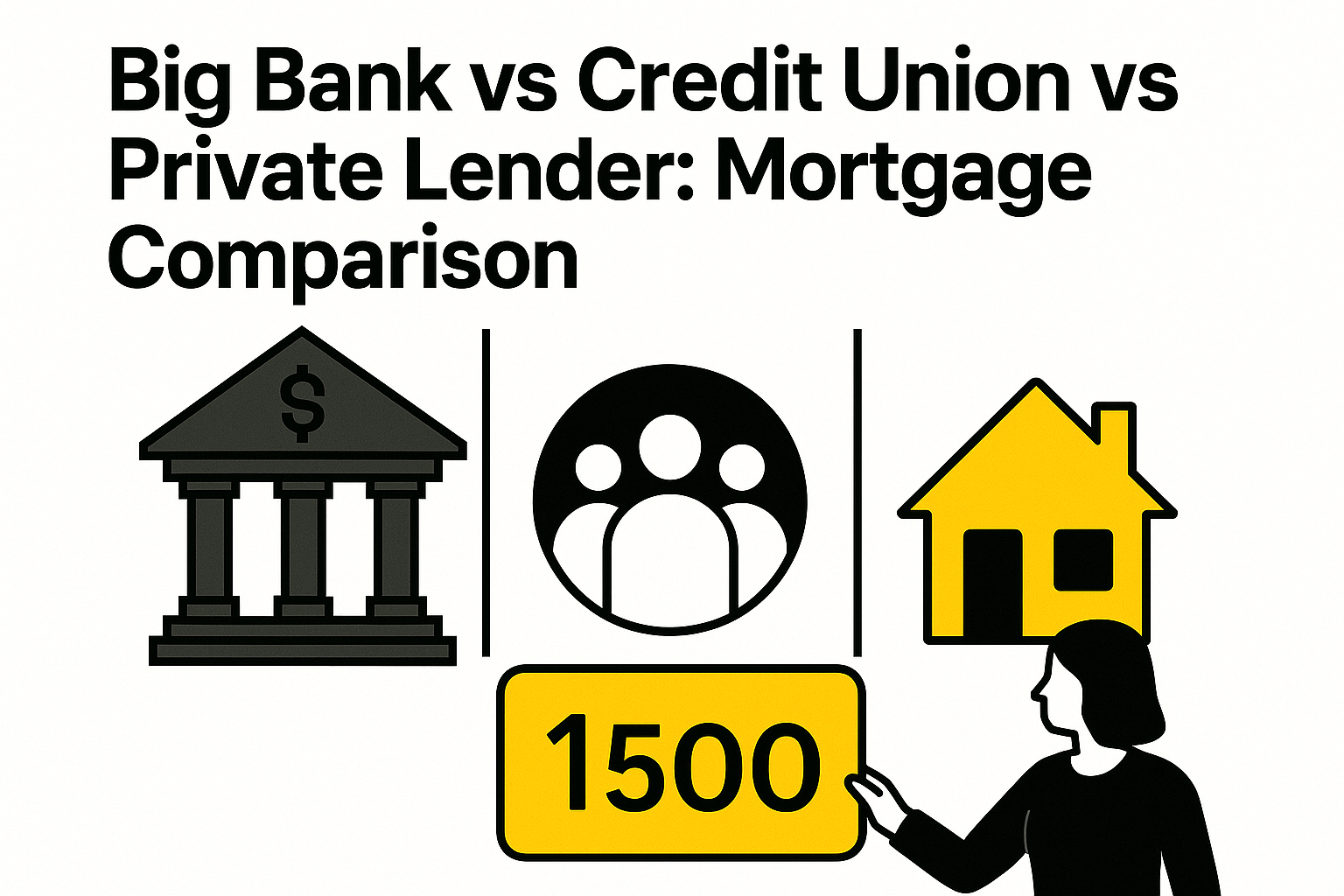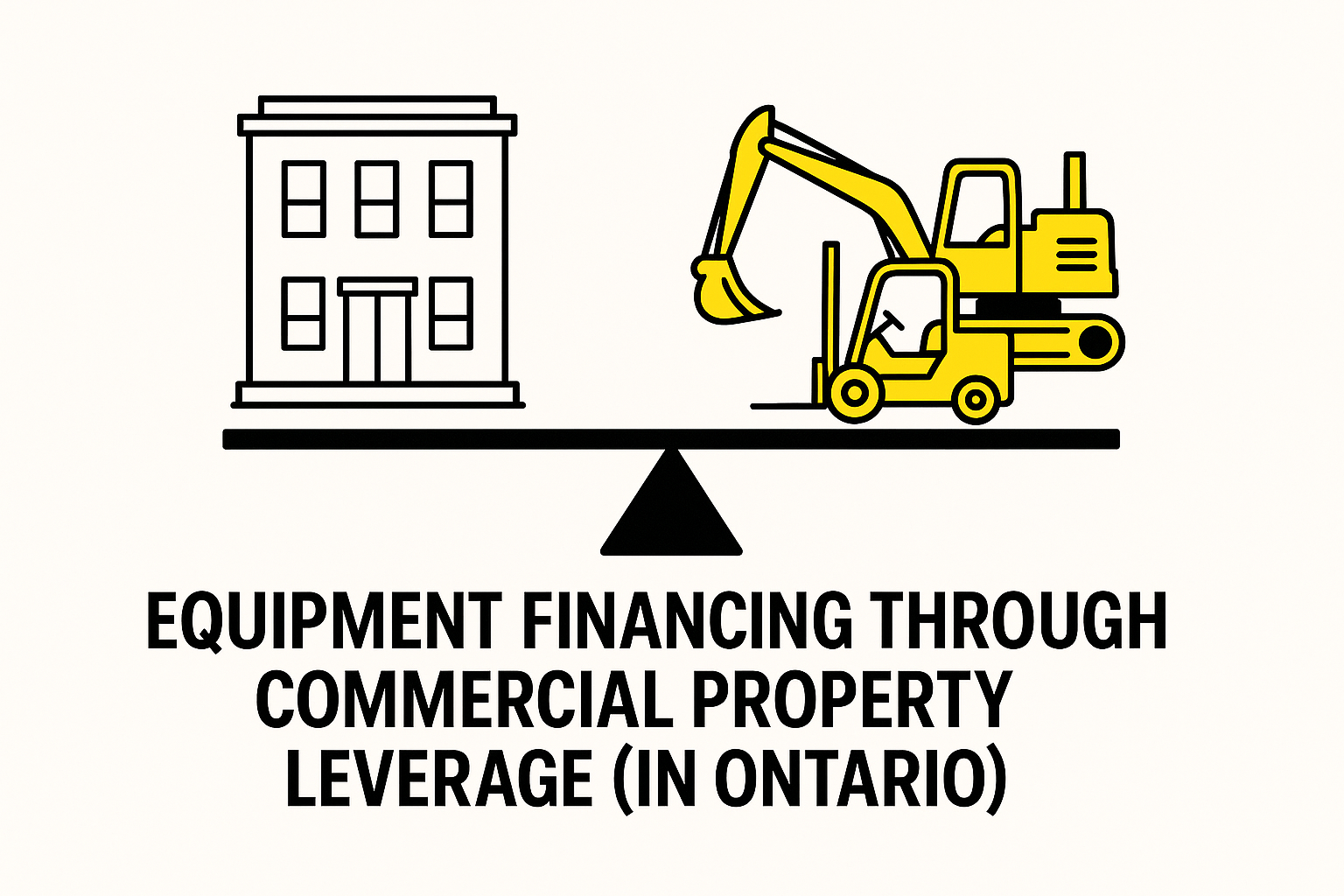Picture a newly graduated doctor with $300,000 in medical school debt, starting a family medicine residency at $60,000 annually, trying to qualify for a mortgage to buy a modest home near their hospital, only to watch traditional banks calculate their debt-to-income ratio at an impossible 85% that automatically disqualifies them despite having guaranteed income progression to $200,000+ within five years and virtually bulletproof job security in one of Canada’s most in-demand professions. Meanwhile, their non-medical friends with half their education, no guaranteed career progression, and fraction of their future earning potential sail through mortgage approvals while the future doctor faces rental markets in expensive medical center cities with no equity building during the most financially challenging years of their career. This hypothetical scenario represents the frustrating reality that medical education creates a unique financial profile that traditional banking algorithms simply cannot interpret correctly, penalizing tomorrow’s highest earners for the educational debt and temporary income reduction that medical training requires.
What makes medical graduate mortgage qualification particularly absurd is that medicine offers among the most predictable career trajectories and income potential of any profession, yet traditional lenders focus on current debt ratios and temporary residency salaries rather than the obvious earning capacity and job security that medical licensing provides. Private mortgage lenders who understand medical career progression can evaluate doctors based on their realistic financial capacity rather than the temporary financial constraints that medical training creates, providing financing solutions that align with medical career realities rather than banking algorithms designed for conventional employment patterns.
Why Traditional Banks Struggle with Medical Graduates
Student Debt Ratios That Look Impossible
Medical school graduates typically carry $200,000-400,000 in student debt, creating debt-to-income ratios that appear catastrophic to traditional banking algorithms despite the manageable nature of medical education debt given physician earning potential.
Standard bank underwriting treats medical school debt like consumer debt, applying the same risk calculations used for credit cards or personal loans rather than recognizing medical education as professional investment that virtually guarantees income capacity sufficient to service both education debt and mortgage payments.
The monthly payment obligations on medical school debt, often $2,000-4,000 monthly, consume such large portions of residency income that traditional debt-to-income calculations show impossible qualification ratios despite the temporary nature of this income level.
Residency Income That Banks Don’t Understand
Residency salaries of $50,000-70,000 represent temporary training compensation rather than career earning levels, but traditional banks evaluate mortgage qualification based on current income without considering the guaranteed progression that medical licensing provides.
Banks may require 2+ years of residency income history before considering physicians for mortgage approval, creating a catch-22 where doctors must complete significant portions of their training before qualifying for housing they need during training.
The geographic mobility requirements of medical training often prevent doctors from establishing the local employment history that traditional banks prefer, as residency matches may require relocation across provinces or even internationally.
Employment History Gaps During Training
Medical education creates apparent employment gaps during clinical years, research periods, and board examination preparation that traditional employment verification processes flag as concerning despite being normal components of medical career development.
International medical graduates face additional employment history challenges when Canadian residency represents their first formal employment in the country, despite having completed medical education and potentially practice experience elsewhere.
The transition from medical school to residency to fellowship to attending physician employment creates documentation complexity that traditional banks view as employment instability rather than standard medical career progression.
Unique Financial Profile of Medical Professionals
Guaranteed Income Progression in Medicine
Medicine offers among the most predictable income progressions of any profession, with resident physicians virtually guaranteed advancement to attending physician salaries that typically range from $200,000-500,000+ depending on specialty and practice location.
Professional licensing requirements create barriers to entry that protect physician earning potential and job security in ways that traditional employment cannot match, yet banking algorithms don’t recognize these career protections.
Medical specialty choice determines income ranges with high predictability – emergency medicine, anesthesiology, and surgical specialties typically generate $300,000-600,000+ annually while family medicine and internal medicine provide $200,000-350,000+ income security.
Professional Licensing and Job Security
Medical licensing creates virtually guaranteed employability that traditional job security models cannot match, yet banks don’t factor professional licensing into employment stability calculations.
Physician demand across Canada ensures that licensed doctors can find employment in virtually any geographic location, providing flexibility and security that traditional employment rarely offers.
Professional liability insurance, malpractice protection, and regulated practice standards create financial protections for physicians that reduce the risk of income loss due to business closure, layoffs, or industry changes.
Understanding Medical Career Timelines
Medical career development follows predictable timelines that private lenders can use to evaluate future income capacity: residency (3-5 years), fellowship (1-2 years optional), and attending physician practice (career-long).
Specialty training timelines determine when physicians reach full earning potential, with some specialties requiring 6-8 years post-graduation while others enable practice within 3-4 years of medical school completion.
Geographic considerations affect timeline planning as rural medicine, underserviced areas, and certain specialties may offer loan forgiveness programs or enhanced income opportunities that accelerate financial capacity.
Private Mortgage Solutions for Medical Graduates
Income Potential Based Lending
Private lenders specializing in medical professionals evaluate mortgage applications based on future earning capacity rather than current residency income, recognizing that medical training represents temporary income reduction rather than permanent financial capacity.
Professional program lending acknowledges that medical graduates represent excellent lending risks due to income predictability, job security, and professional licensing that traditional banks cannot adequately assess through standard underwriting.
Specialty-specific lending may offer different terms based on expected income ranges, with surgical specialties and emergency medicine potentially qualifying for larger mortgage amounts than family medicine based on income potential.
Flexible Debt-to-Income Calculations
Private medical lending often excludes student loan payments from debt-to-income calculations or applies reduced weight to education debt when evaluating qualification, recognizing the manageable nature of medical education debt given physician income potential.
Alternative qualification methods may consider post-residency income potential rather than current residency salary, using employment contracts, specialty training plans, or professional references to establish lending capacity.
Debt consolidation strategies specifically designed for medical professionals may combine student loans with mortgage financing to optimize monthly payments and improve overall debt management during training years.
Professional Program Recognition
Medical school prestige, specialty program competitiveness, and residency program quality may influence lending terms as private lenders recognize that top-tier medical education typically correlates with higher income potential and career success.
Board certification progress, professional society memberships, and continuing medical education completion can strengthen mortgage applications by demonstrating professional commitment and advancement.
Professional references from department heads, attending physicians, or medical school faculty can provide credibility for income potential claims that traditional employment verification cannot establish.
Residency and Fellowship Financing Challenges
Low Residency Salaries vs Living Costs
Residency salaries rarely align with living costs in major medical centers where most training occurs, creating housing affordability challenges that traditional financing cannot address given current income levels.
Medical residents often face the worst housing cost-to-income ratios of any professional group, paying premium prices for housing near teaching hospitals while earning training salaries that don’t reflect their education investment or future capacity.
Private mortgage solutions can bridge the gap between current residency income and housing needs by evaluating long-term financial capacity rather than temporary training compensation.
Geographic Mobility Requirements
Medical training often requires geographic mobility for residency matches, fellowship training, or specialty programs that may not be available in home provinces, creating financing challenges for temporary relocations.
Residency match systems may place physicians in unexpected locations with short notice, requiring financing flexibility that traditional banks cannot provide within typical approval timelines.
Fellowship training frequently requires additional relocations after residency completion, potentially creating bridge financing needs between training programs or when transitioning to practice establishment.
Delayed Attending Physician Income
The timeline between medical school graduation and full attending physician income can span 3-8 years depending on specialty choice, creating extended periods where income doesn’t reflect true earning capacity.
Fellowship training extends the period of reduced income beyond residency, potentially pushing full income realization to 6-8 years post-graduation for highly specialized fields like neurosurgery or interventional cardiology.
Practice establishment periods for physicians opening private practices may require 1-3 years to reach full income potential even after completing all training requirements.
Specialty-Specific Considerations
High-Earning Specialties and Lending Confidence
Surgical specialties, anesthesiology, radiology, and emergency medicine typically generate $300,000-600,000+ annual income, providing lending confidence that supports larger mortgage approvals despite current residency compensation.
Subspecialty training in fields like interventional cardiology, orthopedic surgery, or neurosurgery may qualify for premium lending terms given the exceptional income potential these specialties provide.
Emergency medicine and hospitalist positions provide immediate high income upon residency completion without the practice establishment period that other specialties may require.
Rural Medicine and Location Challenges
Rural medicine practice often provides enhanced income opportunities, loan forgiveness programs, and practice incentives that can support mortgage qualification despite geographic isolation.
Northern and remote practice opportunities may offer income premiums of $50,000-150,000+ above urban practice, along with housing subsidies or allowances that improve overall financial capacity.
Rural practice loan forgiveness programs can significantly reduce student debt burdens, improving debt-to-income ratios and mortgage qualification capacity within specific timelines.
Private Practice vs Hospital Employment
Hospital employment provides immediate income security and benefits but may limit long-term income potential compared to private practice development, affecting optimal mortgage planning strategies.
Private practice ownership requires business development investment and time to reach full income potential but typically provides higher long-term earning capacity and equity building opportunities.
Partnership track positions offer predictable income progression timelines that private lenders can use to structure graduated mortgage terms aligned with practice equity acquisition.
Here’s your medical professional mortgage timeline:
Student credit cards, secured cards, and potentially co-signed accounts can help build credit foundations during medical school when income is limited but credit building is essential for post-graduation financial planning.
Professional student credit programs may offer better terms and credit building opportunities than standard student financial products, recognizing the unique financial profile of medical education investments.
| Career Stage | Income Range | Mortgage Options | Key Considerations |
| Medical School | $0 (student) | Co-signer or family assistance | Focus on credit building |
| Residency Years 1-3 | $50-70K | Private lending primary option | Low income, high debt ratios |
| Chief Resident/Senior | $60-80K | Bridge to traditional qualification | Demonstrated career progression |
| Fellowship Training | $65-85K | Specialty-specific private programs | Income potential recognition |
| Attending Physician | $200-500K+ | Traditional bank qualification | Full income realization |
This timeline provides realistic expectations for medical professional mortgage qualification at different career stages.
Building Medical Professional Credit
Credit Management During Medical School
Medical students should establish credit history early in their education, focusing on building payment history and credit mix while managing education debt responsibly to support future mortgage qualification.
Residency Financial Planning
Residency years require careful financial management to build credit, minimize unnecessary debt, and position for post-residency mortgage qualification while managing the cash flow challenges of training compensation.
Professional financial planning specifically for medical residents can optimize debt management, credit building, and savings strategies that support homeownership goals during or after residency completion.
Emergency fund development during residency provides financial stability and demonstrates money management skills that support mortgage applications despite limited income during training years.
Professional Network Lending Programs
Medical schools, professional associations, and physician-focused financial institutions may offer lending programs specifically designed for medical professionals at various career stages.
Alumni networks and professional mentorship programs can provide financial guidance and potentially lending references that support mortgage applications for medical graduates.
Additional resources for medical professionals are available through the Canadian Medical Association and Mortgage Professionals Canada.
Converting to Traditional Financing Post-Residency
Optimal Timing for Refinancing
Most medical professionals can transition to traditional bank financing within 6-12 months of completing residency and beginning attending physician employment, when income documentation and debt ratios align with bank qualification standards.
Specialty completion, board certification, and employment contract execution provide ideal timing for mortgage refinancing applications that can capture significantly improved qualification profiles and competitive rates.
Practice establishment milestones, partnership achievement, or income stabilization in private practice may trigger optimal refinancing opportunities that weren’t available during training years.
Maximizing Traditional Bank Benefits
Physician mortgage programs at traditional banks often provide competitive rates and beneficial terms for doctors who complete residency and establish attending physician employment with stable income documentation.
Professional lending programs may offer reduced down payment requirements, flexible debt-to-income calculations, and waived mortgage insurance for qualified physicians transitioning from private to traditional financing.
Frequently Asked Questions
Can medical residents qualify for mortgages with their low residency income? Yes, private lenders specializing in medical professionals evaluate residents based on future earning potential rather than current training salaries. Traditional banks typically require attending physician income levels for qualification.
How do student loans affect mortgage qualification for doctors? Traditional banks include full student loan payments in debt-to-income calculations, often making qualification impossible. Private medical lenders may exclude or reduce the weight of education debt given physician income potential.
What documentation do medical graduates need for private mortgage applications? Medical licensing, residency contracts, specialty training plans, student loan documentation, and professional references. Private lenders focus on career progression evidence rather than just current income verification.
Can international medical graduates get mortgages during Canadian residency? Yes, private lenders can work with international medical graduates completing Canadian residency, though additional documentation about education credentials and career progression may be required.
When should medical professionals consider refinancing to traditional bank mortgages? Most physicians can transition to traditional bank financing within 6-12 months of completing residency when attending physician income documentation meets standard bank qualification requirements.
Do different medical specialties qualify for different mortgage terms? Yes, private lenders may offer varying terms based on specialty income potential, with surgical specialties and high-earning fields potentially qualifying for larger amounts or better rates.
Conclusion
Medical professionals face unique mortgage qualification challenges that traditional banking systems cannot accommodate effectively, despite medicine offering among the most predictable income progression and job security of any profession. The paradox of medical education creating temporary financial constraints while guaranteeing long-term financial success requires specialized lending approaches that recognize physician career realities rather than applying standard employment-based qualification criteria. Private mortgage lenders who understand medical career progression provide essential financing solutions that align with medical training timelines and income potential rather than current residency compensation levels.
Successful mortgage planning for medical professionals requires understanding that residency and fellowship years represent temporary income reduction rather than permanent financial capacity, making strategic use of private financing often necessary to achieve homeownership during training years while building toward traditional bank qualification upon reaching attending physician income levels. The medical professionals who thrive financially are those who recognize the value of specialized lending solutions during training years and plan strategically for optimizing their mortgage arrangements as their careers progress through predictable income advancement stages.
Medical graduate facing mortgage qualification challenges? Contact HERCULES Team Investment Group today to explore private lending solutions designed specifically for medical professionals, recognizing your career potential and providing financing that aligns with medical training realities and future earning capacity.

